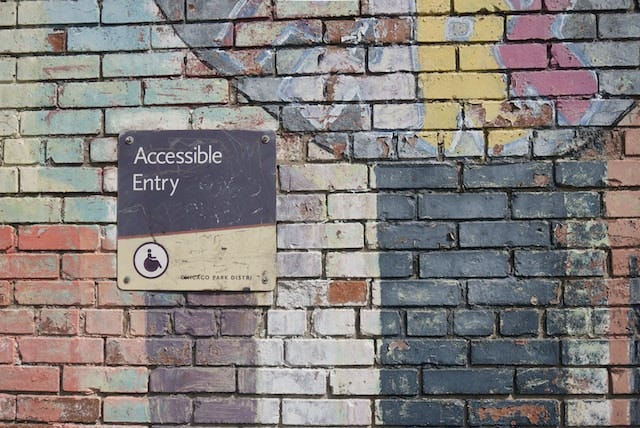
Web accessibility has become more crucial since the internet has become a necessity for daily life. Making web information and apps usable by persons with disabilities, such as visual, auditory, or motor impairments, is referred to as accessibility.
Everyone can have equal access to information and services on the internet if accessibility is kept in mind. Web accessibility is crucial because utilizing the internet presents considerable challenges for those with disabilities.
People with motor disabilities may need assistive technology like speech recognition software to interact with web material, whereas people with visual impairments may rely on screen readers to browse websites. These people may encounter difficulties and be unable to access vital information and services online without effective accessibility.
The significance of web accessibility, recommended practices for producing accessible web content, and how to test your website for accessibility are all covered in this article.
The Importance of Web Accessibility
In addition to being required by law, web accessibility is also morally right. You can guarantee that everybody, regardless of their capabilities, may access the information and services you offer by making your website accessible.
Additionally, accessible websites can broaden your audience, boost user interaction, and increase search engine rankings.
Recommended practices
The Web Content Accessibility Guidelines (WCAG) are a detailed list of suggestions for making sure that all users can access content on the web. The recommendations are broken up into four main groups: Perceivable, Operable, Understandable, and Robust.
Perceivable
Assuring all users that web material is perceivable is called “perception.” You should provide captions for movies, alternative text for photos, and transcripts for audio recordings. Users who have trouble seeing can benefit from using colors with a lot of contrast and avoiding content that flashes or flickers.
Operable
“Operable” refers to making web information simple for all users to use. For instance, giving keyboard shortcuts, staying away from pop-ups, and using clear, succinct links might make it simpler for visitors with motor disabilities to use your website.
Understandable
Making sure that web material is understandable for all users. Users with cognitive impairments can benefit from strategies including utilizing plain language, minimizing jargon, and offering directions for challenging tasks.
Robust
Being robust implies making sure that web information can be accessed by a variety of hardware and software. For instance, ensuring that assistive technology can correctly comprehend web content requires utilizing acceptable HTML and avoiding proprietary technologies.
Web accessibility testing:
A website that is inclusive and accessible to users with disabilities must undergo web accessibility testing.
Manual Testing
Manual testing is one of the best techniques to check for web accessibility. Testing your website with assistive technology like screen readers, speech recognition programs, and keyboard-only navigation is part of this process.
You can find accessibility problems that automated methods might miss if you test with assistive technologies. Even though manual testing takes time, it offers insightful feedback and can point out usability problems that automated methods might overlook.
To gain input on your website’s accessibility, you can also interact with actual people who have disabilities.
Automated Testing
You can rapidly and effectively find accessibility problems with the aid of automated testing. The Web Accessibility Evaluation Tool (WAVE) and the Accessibility Insights for Web Browser plugin are two automated tools that may check your website for accessibility concerns. These tools can spot problems including missing form labels, inappropriate heading layout, and missing alternate text for photos.
Although automated testing can assist you in finding accessibility problems, it’s crucial to remember that it cannot replace manual testing. Automated tools might overlook some problems and signal false positives.
User Testing
Testing your website with actual people who have disabilities is known as user testing. User testing can offer insightful input on the usability and accessibility of your website. It can assist you in finding problems that manual testing or automated techniques might miss.
Depending on your requirements and budget, user testing can be carried out locally or remotely. Through advocacy organizations, social media, or websites that link usability testers and people with disabilities, you can find potential users with disabilities.
Conclusion
Modern web development must include web accessibility as a key component. You can make sure that all users can access your content and services by adhering to accessibility requirements and evaluating your website for accessibility.
Because of this, your community might grow, and your search engine rankings might go up. We can increase inclusivity and guarantee that everyone has equal access to online resources by making the web more accessible.